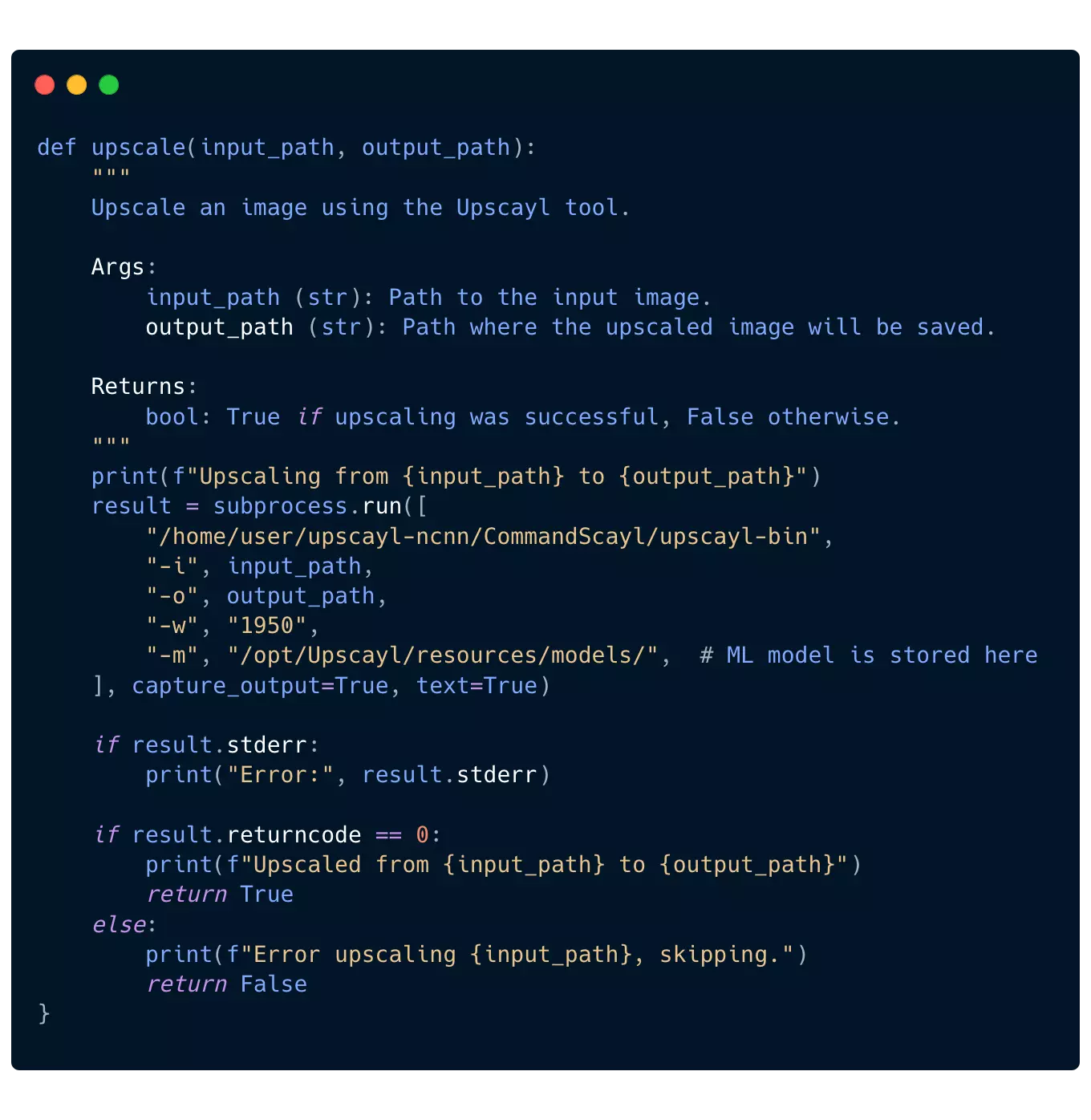- Transforming digital asset management with AI
- Adding both metric & imperial scalelines to an OpenLayers map
- Populating Google Sheets using Analytics Reporting API v4
- 2020 is the year to upgrade to HTTPS
- How to stay motivated and focused whilst working from home
- Servers: Dedicated or Virtual - What are they?
- MeasureCamp Cardiff 2017 sponsorship
- Content is king, long live the king
Transforming digital asset management with Ai:
Posted on August 19, 2024 by Jay Collin

Image: Midjourney
A Case Study on Revitalising Hotel Websites
In today's fast-paced digital landscape, keeping content fresh and optimised is essential for maintaining a competitive edge. A recent project showcased the transformative power of AI in digital asset management by revitalising 47 hotel websites. The task was monumental: upgrading 1,900 outdated hero images, originally uploaded at 1200 pixels wide since 2011, to meet today’s high-resolution standards. The solution? An AI-driven pipeline that not only enhanced image quality but also streamlined the entire process, saving hundreds of hours of labour in the process.
The Role of AI in Digital Asset Management
In this project, the AI upscaling pipeline expanded the images to 1950 pixels wide, effectively boosting the pixel count by 163%. This not only met modern high-resolution standards but also ensured that the images were sharp and visually appealing across various devices. Additionally, converting the images to the WEBP format significantly reduced file sizes, leading to faster load times and a more responsive user experience.
Digital assets, especially images, are at the forefront of user experience on any website. However, managing and updating these assets across multiple platforms can be time-consuming and resource-intensive. This is where AI steps in, offering an efficient solution to upscale and optimise images without compromising quality.
Automation Workflow
The project was powered by a sophisticated Python script designed to automate the entire process, from fetching image data to uploading the processed files to a remote server. Here's a closer look at how this workflow was executed:
Fetching Image Metadata: The script begins by connecting to a remote MariaDB database, where it fetches metadata related to the images. This includes file names, paths, and other relevant details needed for processing.
AI Processing Pipeline: Once the data is retrieved, the images undergo AI-powered upscaling. This involves increasing the image resolution to meet current standards while ensuring the quality remains intact. After upscaling, the images are converted to the WEBP format, which offers improved compression and a better balance of quality versus file size.
File Transfer: After processing, the images are securely transferred to the remote server using SSH. This step ensures that the updated images are stored in the correct directories, replacing the old, outdated versions.
Database Update: Finally, the database is updated with the new image paths and metadata. This ensures that the websites pull the latest, optimised images, providing users with a seamless and high-quality browsing experience.

Technical Details
The success of this project hinged on a well-designed automation script, written in Python. Key components of the script included:
Libraries Used:
- Paramiko for secure SSH connections
- pyodbc for database operations
- subprocess for executing system commands
- Upscayl for image enhancement
- ImageMagick for format conversion and compression.
Configuration: Paths for local and remote directories, SSH credentials, and database connection details were carefully configured to ensure smooth execution.
Functions: The script was divided into several functions, each handling a specific part of the workflow—fetching image data, processing images, transferring files, and updating the database.
This modular approach made the script not only efficient but also scalable, allowing it to be adapted for other projects or expanded to handle even larger datasets.

Conclusion
This project is a testament to the power of automation and AI in modern digital asset management. By leveraging these technologies, the hotel websites were not only revitalised with high-quality visuals but also future-proofed for the demands of tomorrow's digital audience. The process saved hundreds of hours in manual graphic design and optimisation, showcasing how technology can efficiently modernise digital content.
As businesses continue to grow and evolve, the need for efficient digital asset management will only increase. This AI-driven approach provides a blueprint for how organisations can tackle similar challenges, ensuring their digital content remains a valuable asset in their marketing arsenal.
Get in touch
Call us on +44 (0)117 325 1055
